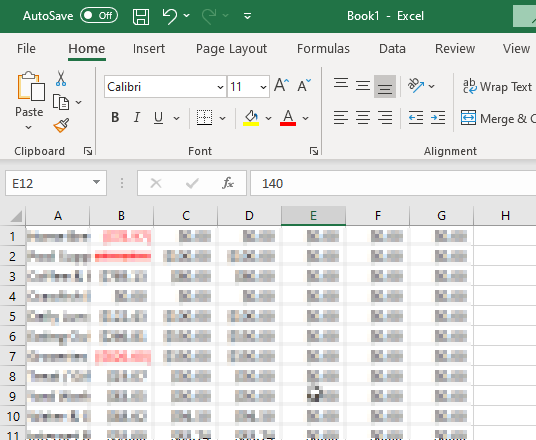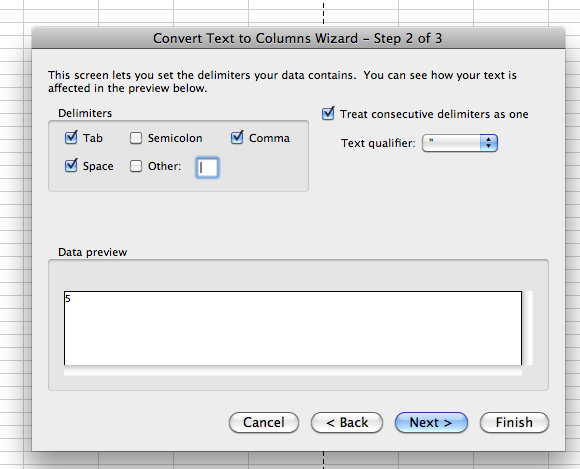
Ğrror 0xc0202048: Data Flow Task 1: Attempting insertion into the row version column "LastUpdated".If you try it then you will probably get anĮrror message like this one (obviously the column name will be different for you) : Timestamp columns can’t be explicitly set to a specific value so this will always fail. The wizard will also attempt to copy any timestamp columns in the same way it would for a column of any other data type. Simply be copied across from the source database. If you select the ‘Enable identity insert’ as indicated in the picture above then the values of any identity columns will In my case I’ve just selected all the tables in my database :Ĭlick on the ‘Edit mappings…’ button towards the bottom of the screen and the following window should appear: Make sure the tables you want are actually selected (i.e. Or you can just select which tables you want copying. Select the relevant tables in the ‘Select Source Tables and Views’ page by clicking the checkbox in the header for all tables, The wizard to allow specific values to be inserted into the identity column, much like you can with a SQL query. Fortunately there is an easy solution in that you can select an option in Not immediately obvious from the error message. The issue here is that the ‘SystemInformationID’ column in this table is defined as an identity column, although that’s Ğrror 0xc004700c: Data Flow Task 1: One or more component failed validation.Ğrror 0xc004706b: Data Flow Task 1: "component "Destination - BuildVersion" (28)" failed validation and returned validation status "VS_ISBROKEN".Ğrror 0xc0202045: Data Flow Task 1: Column metadata validation failed.Ğrror 0xc0202049: Data Flow Task 1: Failure inserting into the read-only column "SystemInformationID".Your dta will now be imported and you may run statistics on it. You may also save the file format for future imports. Once you have double-checked everything click Done. This window is used to name the variables (columns) and set the data types. Once you have delineated the columns click continue. This window is used to set the columns for your data. For data supplied by ITS there will always be one case per line. You may select part of the records or all.

The data files will not be supplied with variable names at the top of the file. Under Files of Type select all files and then select the data file you want to import. First, pull down the File menu and select Open/Data.
#Paste wizard excel windows
Functionality will be similar on Windows and with other versions of the software. The following example is given using SPSS 17 on a Macintosh. This window is used to set the data format for each column. Once you have delineated the columns press the next button. Excel will make a best guess and then you will need to adjust it based on the data layout. For most files sent from ITS, the data is set up in single columns.

This window is used to set which columns are used for the data. You will be presented with a window similar to the following: Make sure that Fixed width is selected then click next. You should now see a window similar to the following: Under Files of Type select text then select the file you want to open and click the open button. You will see a window similar to the following: Launch your Excel application and select open from the file menu (or the menu that is used to open files in your version of Excel). You will also notice that the first column is not all the way to the left of the screen. In this example the first column is gender (1=male, 5=female), the second column of numbers is age and the third is payscale where 1 is the lowest and 5 is the highest. The file consists of six records from a fictional survey on pay equity. The following is an example of ASCII data. Most programs like SPSS or Excel are able to work with directly or import text only data. Untitled Document Working with Data supplied by ITSĪll data received from ITS is in a specific format called column oriented text or ascii only data.


 0 kommentar(er)
0 kommentar(er)
